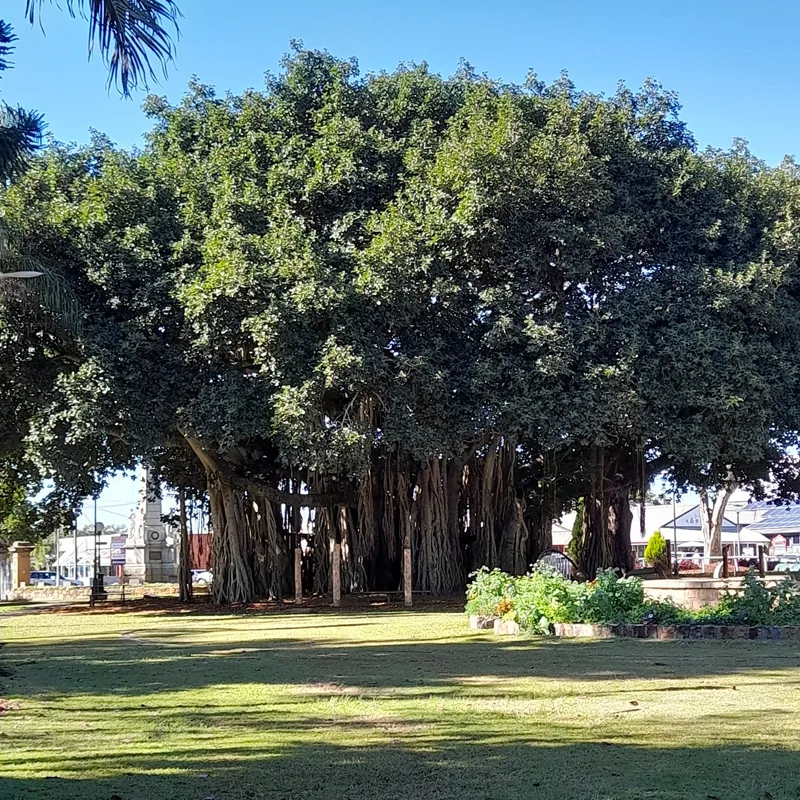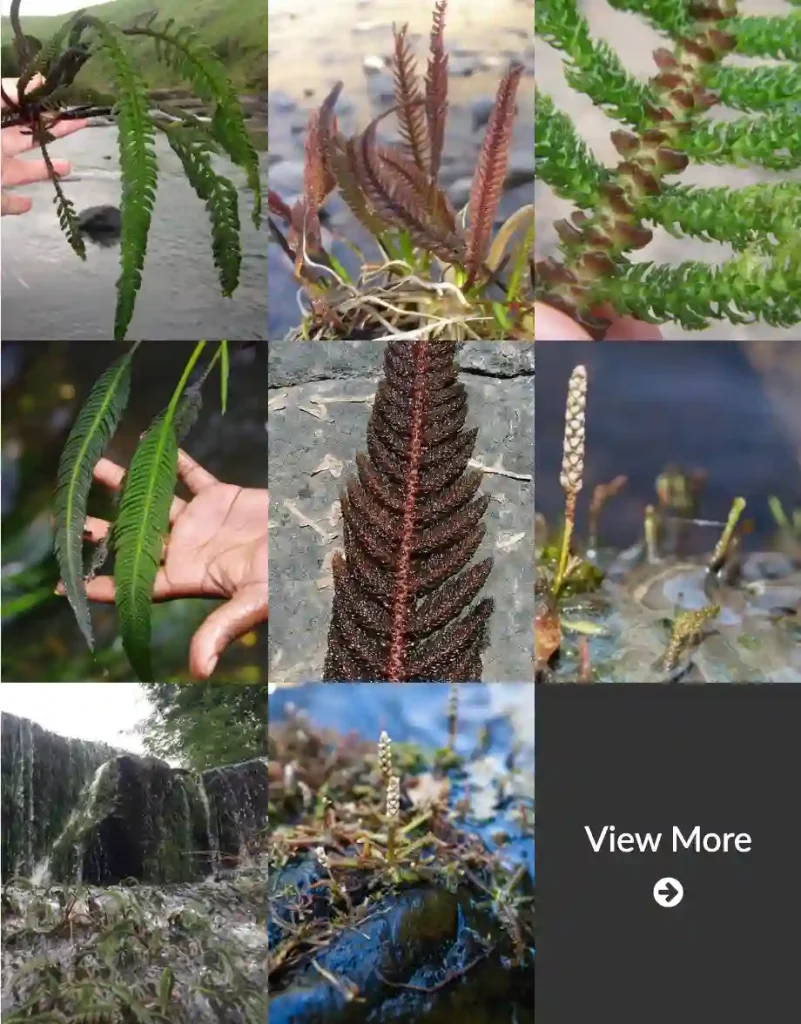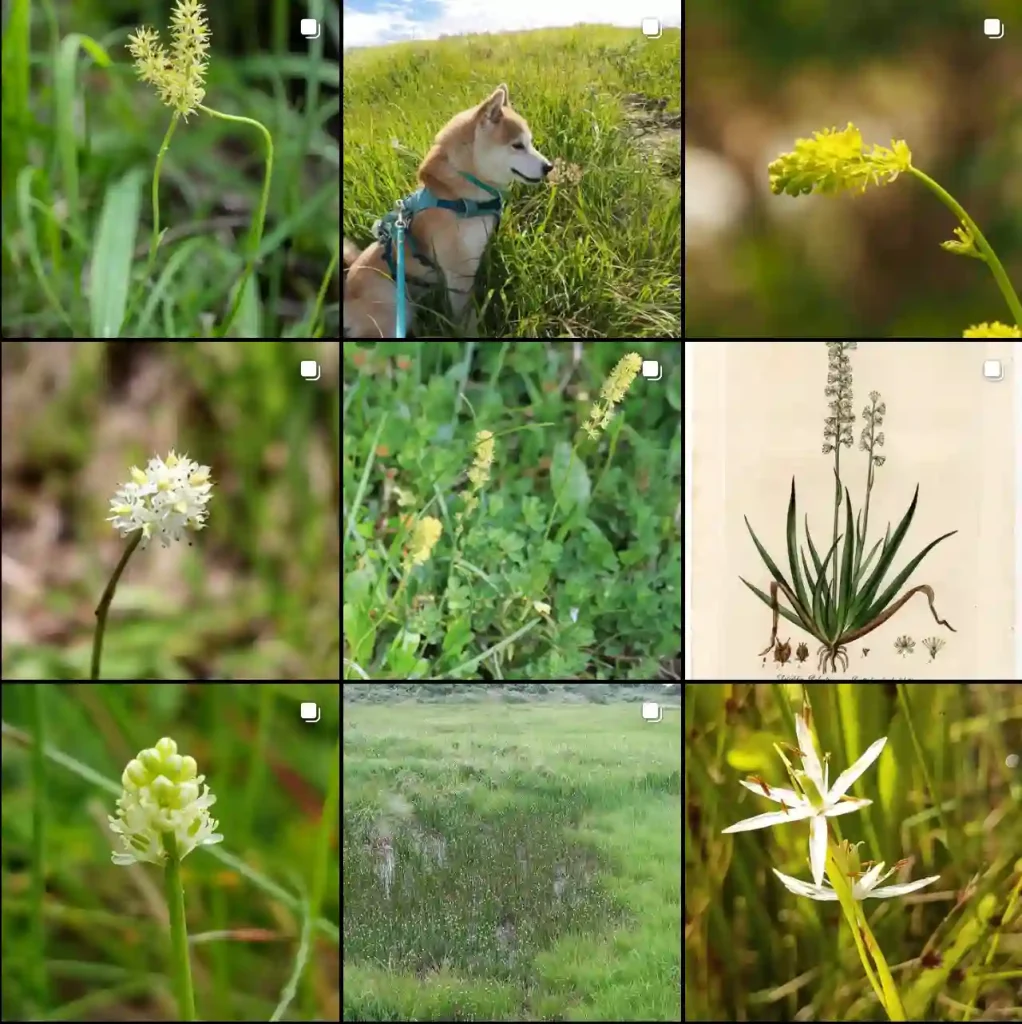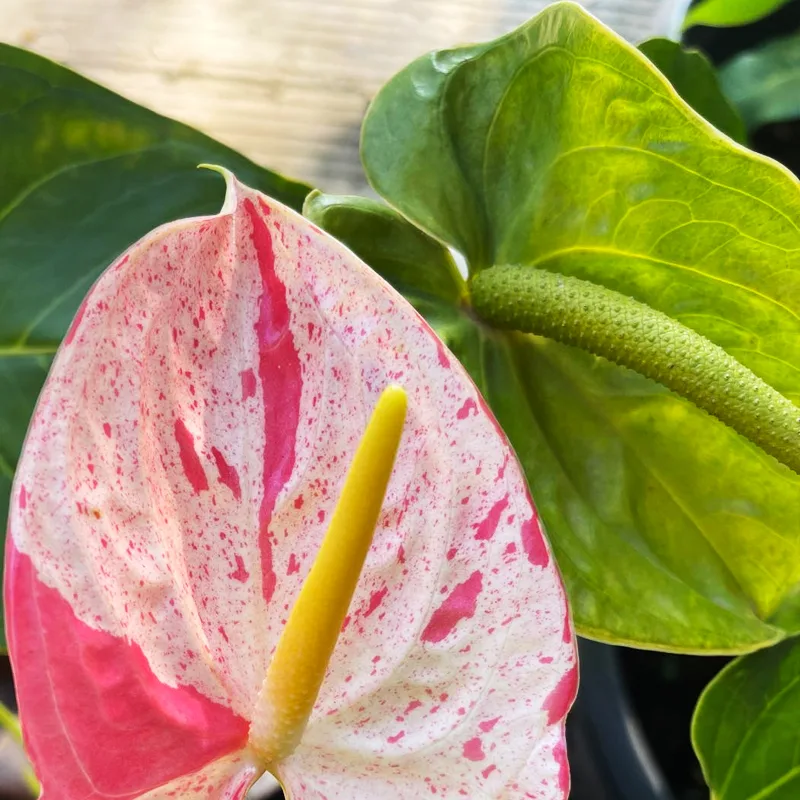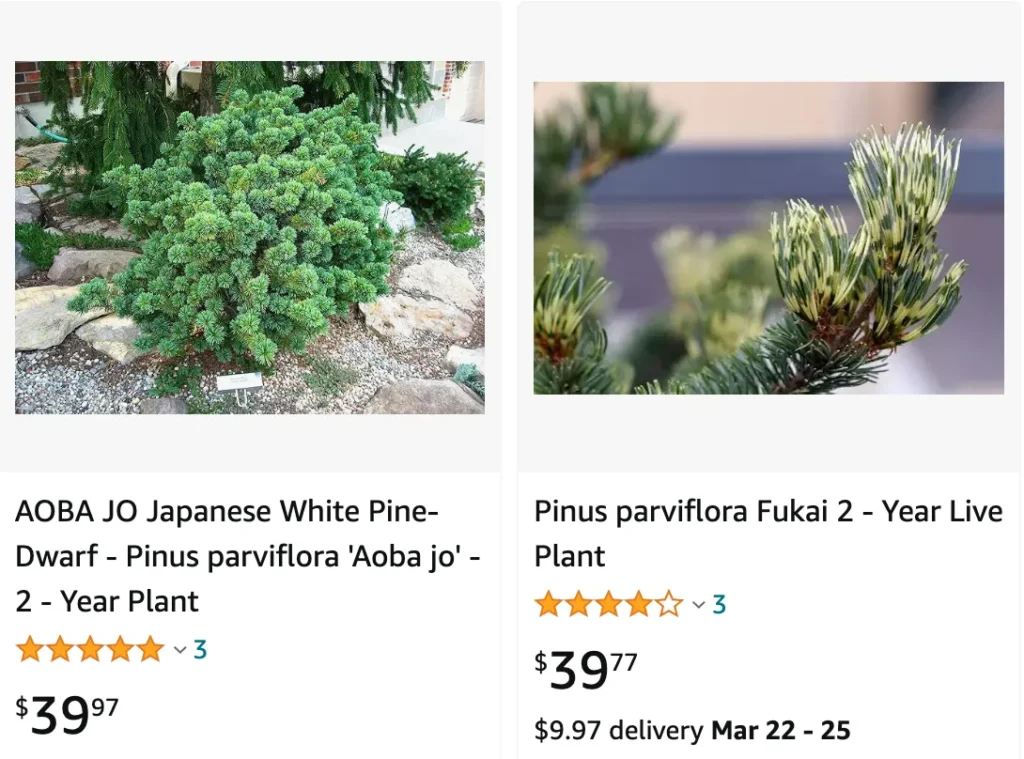
The Enduring Grace of Pinus parviflora: A Bonsai Enthusiast’s Guide
For any bonsai enthusiast, the majestic Pinus parviflora, or Japanese White Pine, holds a special allure. Its delicate needles, graceful silhouette, and potential for longevity make it a coveted specimen. But cultivating this miniature masterpiece from seed requires patience, dedication, and a deep understanding of its needs. In this article, I’ll share my experiences and insights on growing Pinus parviflora, a journey that will reward you with a bonsai that transcends generations.
139 Species in Genus Pinus
Pinus Parviflora vs Pinus Strobus
I’ve grown both Pinus parviflora and Pinus strobus in my garden, and each has its own unique charm. Pinus parviflora, with its delicate, slender needles and beautiful bluish-green hue, always felt like a serene presence in my landscape. Its slow growth meant it took years to reach a decent size, but that made it a perfect candidate for a small garden where space is a premium. In contrast, Pinus strobus, or Eastern White Pine, quickly impressed me with its tall, graceful form and soft, long needles. It grows much faster, creating a lush, forest-like feel in no time. While I enjoyed the serene elegance of Pinus parviflora, the robust and rapid growth of Pinus strobus offered a more dramatic and immediate impact.
How to Grow Pinus parviflora from Seed?
The road to a magnificent Pinus parviflora bonsai begins with the seed. Patience is key, as pine seeds require a cold stratification period to mimic winter conditions and break their dormancy. Here’s my approach:
- Soak the Seeds: Start by soaking the seeds in lukewarm water for 24-48 hours. This helps loosen the outer shell and encourages imbibition.
- Stratification: After soaking, place the seeds in a moistened mixture of sand or vermiculite within a sealed plastic bag. Keep it refrigerated for 2-3 months, mimicking winter’s chill.
- Planting: Prepare a well-draining seed pot filled with a mix of sand and sphagnum moss. Sow the seeds shallowly, barely covering them with the mix. Keep the soil consistently moist but not soggy.
With luck and proper care, germination can take anywhere from 4-8 weeks. Once seedlings emerge, provide them with bright, indirect sunlight and maintain consistent moisture.
What Does Pinus parviflora Look Like?
The Pinus parviflora’s beauty lies in its elegant simplicity. Its five soft needles cluster together, forming a soft green brush against the graceful branches. The bark, initially smooth and light gray, matures into a picturesque tapestry of fissures and reddish-brown hues. As the bonsai matures, it develops a distinctive, windswept silhouette, embodying the resilience of nature in miniature.
Is Pinus parviflora a Shrub?
While Pinus parviflora can grow into a majestic tree in its natural habitat, it thrives as a bonsai due to its inherent ability to be dwarfed. Through careful pruning and root restriction techniques, bonsai artists can cultivate the tree’s miniature form, capturing its essence in a pot.
Will Pinus parviflora ‘Glauca’ Come True from Seed?
This is a common question among bonsai enthusiasts. Pinus parviflora ‘Glauca’ is a captivating cultivar known for its stunning blue-green needles. Unfortunately, propagating cultivars like ‘Glauca’ from seed is unreliable. The seedlings may revert to the characteristics of the parent species, yielding green needles instead. To cultivate a ‘Glauca’ bonsai, grafting techniques are generally employed.
Beyond the Basics: Additional Considerations
My journey with Pinus parviflora has been an ongoing process of learning and refinement. Here are some additional factors to consider for successful cultivation:
- Light: Pinus parviflora prefers full sun but can tolerate some afternoon shade in hot climates.
- Watering: Ensure the soil dries slightly between waterings. Overwatering can lead to root rot.
- Feeding: During the growing season, a balanced bonsai fertilizer applied according to the manufacturer’s instructions will promote healthy growth.
- Pruning: Regular pruning is essential to maintain the desired shape and size of your bonsai. Learn proper techniques to ensure healthy development.
- Repotting: Repotting every 2-3 years into a well-draining bonsai mix is crucial for root health and nutrient uptake.
Patience is a Virtue
Growing a Pinus parviflora bonsai from seed is a rewarding yet time-consuming endeavor. It requires dedication, observation, and a willingness to learn. Witnessing the transformation of a tiny seed into a miniature masterpiece is a testament to the power of patience and the beauty of nature in miniature form. So, embrace the journey, and with a little perseverance, you’ll be well on your way to cultivating your own Pinus parviflora bonsai, a legacy to be cherished for generations to come.
If i die, water my plants!
